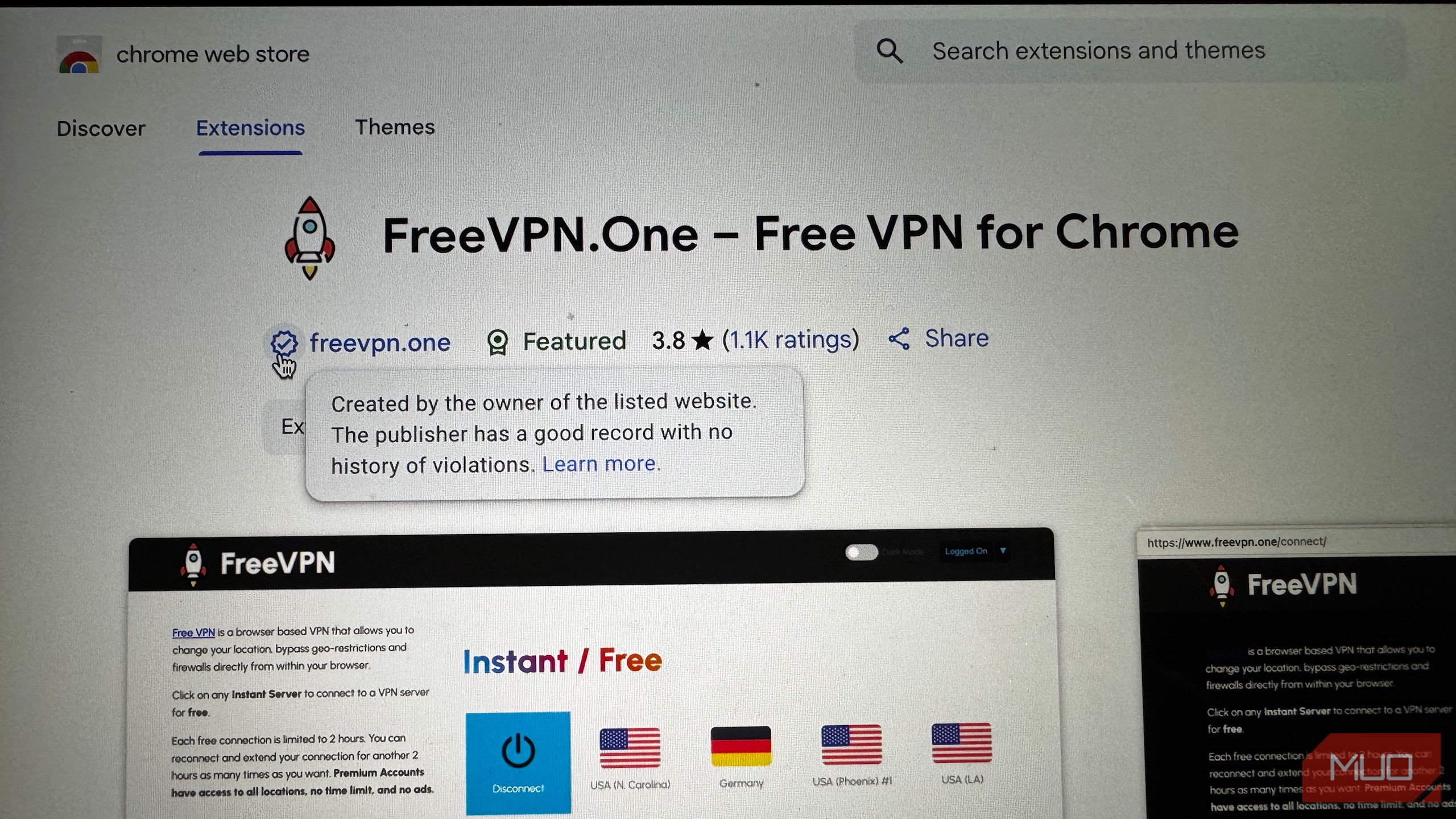It was July 29, 2015 when Microsoft launched Windows 10a version of the operating system that marked a turning point after the failure of Windows 8. Ten years later, the system is still present in millions of devices and leaves a legacy of stability, compatibility and some nostalgia for those who have used it during all this time, in addition to the expectation of what will happen to many of those users, given the problem of requirements that Windows 11 presents.
Windows 10 was born as an urgent response to the criticisms that had raised its predecessor., And that is that the tactile bet of Windows 8, designed for a future dominated by tablets, baffled traditional PC users. He never set to curdle, although with Windows 8.1 some apperees were limited. With Windows 10 Microsoft recovered classic elements such as the start menu and presented a more classic interface, but capable of adapting to different devices without losing the north. It wasn’t groundbreaking, but it worked. And that was enough.
Among its main contributions are the Windows Insider program, which opened the development of the system to the community; the introduction of Windows Hello and other functions designed to improve the user experience; And, of course, the start of the Microsoft Edge browser, which would eventually migrate to Chromium. It is also possible to record, despite the fate suffered, which was Microsoft’s last serious attempt to bring Windows to the mobile terrain with Windows 10 Mobile, without success. A decade gives a long way, yes.
Apart from his milestones, he should remember that Windows 10 was not without problems either. With this version, the Windows Hell began with the problematic updates that so many headlines have left us in the last years. A very black point that Windows 11 does not seem to have corrected. Side mention to the data collection policy and the imposition of certain functions, which also aroused criticism. And what to say the forced thrust of the free update from Windows 7 – the last Windows “dear” – and 8.
Even so, Windows 10 was consolidated as the desktop reference system. But everything comes to an end and that of this version is not a secret: On October 14, 2025, the Windows 10 life cycle enters its final stretch. Microsoft encourages the leap to Windows 11, but the reality is that many teams do not meet their hardware demands and it is estimated that about 400 million computers could be excluded. The alternative passes through the extended support program (ESU), expensive and unimarable for individuals, or by exploring other options such as Linux.
For the corporate field Microsoft has published a guide to facilitate migration to Windows 11 with Intune. This is a document that describes step by step the previous requirements, the necessary tools and the implementation process by phases in managed environments, emphasizing the advantages of the native cloud approach and in the use of specific functionalities. A clear road map for companies that want to advance without shock towards the next version of Windows.
After high and low as notorious as Windows XP vs Vista and Windows 7 vs 8, Windows 10 took little to assume itself as another version of the system that “simply worked.” Is the pattern with Windows 11 repeated? It is not entirely clear, but only time will say it. The only thing for the moment is that it is time to update, which awakens the great doubt, because there are many millions of users out there that they will not want, or they will not be able to do it.








